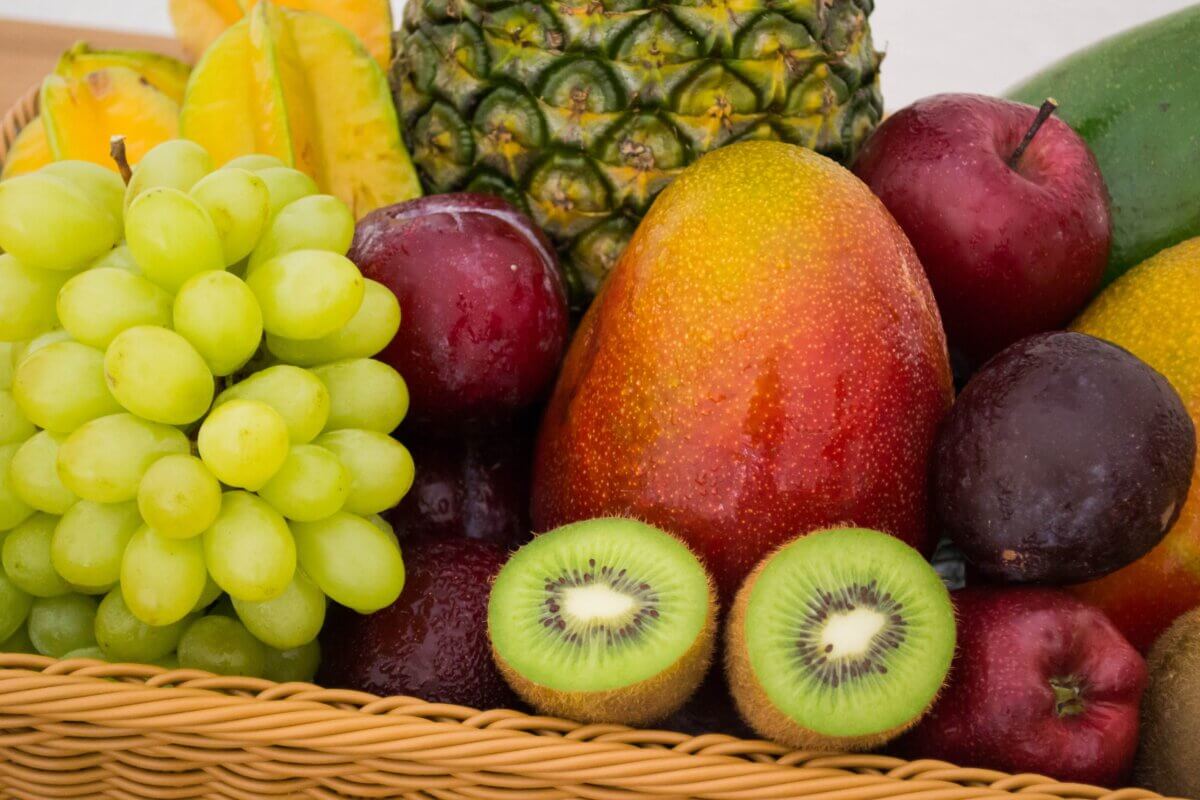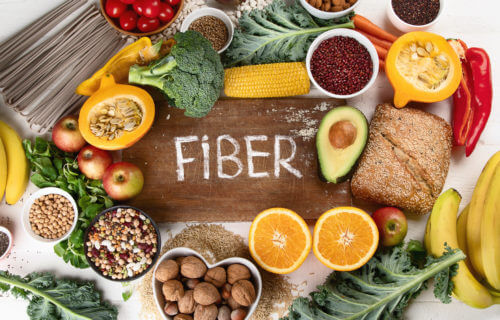Fiber is becoming an unsung hero among influencers and journalists, just as drugs like Ozempic and Wegovy have become a saving grace for people with Type 2 diabetes and obesity. Given the research we have available so far, the results are promising. However, since Ozempic was only approved in 2017, there isn’t much long-term data.
With that in mind, many people have been on a quest for “natural” alternatives like berberine, with some suggesting that fiber might be a natural remedy for both conditions. So, is there any validity to the claim?
How does Ozempic work?
Ozempic, also known as semaglutide, is a Glucagon-like peptide 1 (GLP-1) agonist. This means that it mimics the effects of GLP-1, a peptide hormone produced in the gut by L cells, which helps you feel full after eating a meal. It stimulates insulin secretion and lowers post-meal glucose rise. Ozempic works by inducing this effect. Among diabetes patients and people with impaired glucose tolerance, GLP-1 secretion has been shown to be impaired, making it a target for pharmacological intervention. Typically, GLP-1 is metabolized fast and gets degraded quickly. Conversely, the medication’s effect can last for days.
Is fiber a ‘natural’ alternative?
Fiber won’t have the same drastic effects as Ozempic, but there is a reasonable link to explain why that would be said in the first place. For years, animal studies have shown that fiber can increase GLP-1 secretion. In human studies, research has specifically shown that fiber intake can induce this effect through the molecules that are produced once the fiber is metabolized. These are called short-chain fatty acids.
Researchers have studied various types of fibers to see which have a stronger effect on GLP-1 release. So far, they have found that beta-glucan exhibited the strongest effects. Beta-glucan is a soluble fiber mainly found in oats, barley, rye, and sorghum. However, fruits, vegetables, and other fiber-rich plant foods can encourage the production of short-chain fatty acids as well.

Should you only eat beta-glucan fiber?
Most Americans don’t eat enough fiber in general. Additionally, even with this known association, there isn’t enough research to support the idea that it is the superior fiber to eat for GLP-1 release. In the same voice, it’s also important to note that not all fiber reacts the same way in the gut. This is why it’s important to eat a variety of high-fiber plant foods from different sources to get an array of benefits.
Bottom Line
Fiber isn’t nature’s Ozempic because it simply isn’t the same thing as a drug, despite there being a similarity in the way both work. Both encourage GLP-1 release, but not in the same capacity.
Fiber also won’t directly lead to weight loss and improved Type 2 diabetes biomarkers in the way the medication will. This is not meant to promote or encourage Ozempic use, as that is a discussion that requires the input of your medical provider for your unique situation. Despite that, fiber is an important thing to include in your diet as much as possible to improve blood sugar regulation, promote healthy bowel movements, and satiety after meals, which are all important for weight loss in their own ways.
You might also be interested in:
- Popular weight loss drugs like Ozempic and Wegovy linked to stomach paralysis
- Best Foods For Fiber: Top 5 Fibrous Snacks Most Recommended by Nutrition Experts
- Low fiber intake during pregnancy could lead to brain development delays in babies

Lea la versión en español en EstudioRevela.com: ¿Es la fibra la alternativa natural a Ozempic?
